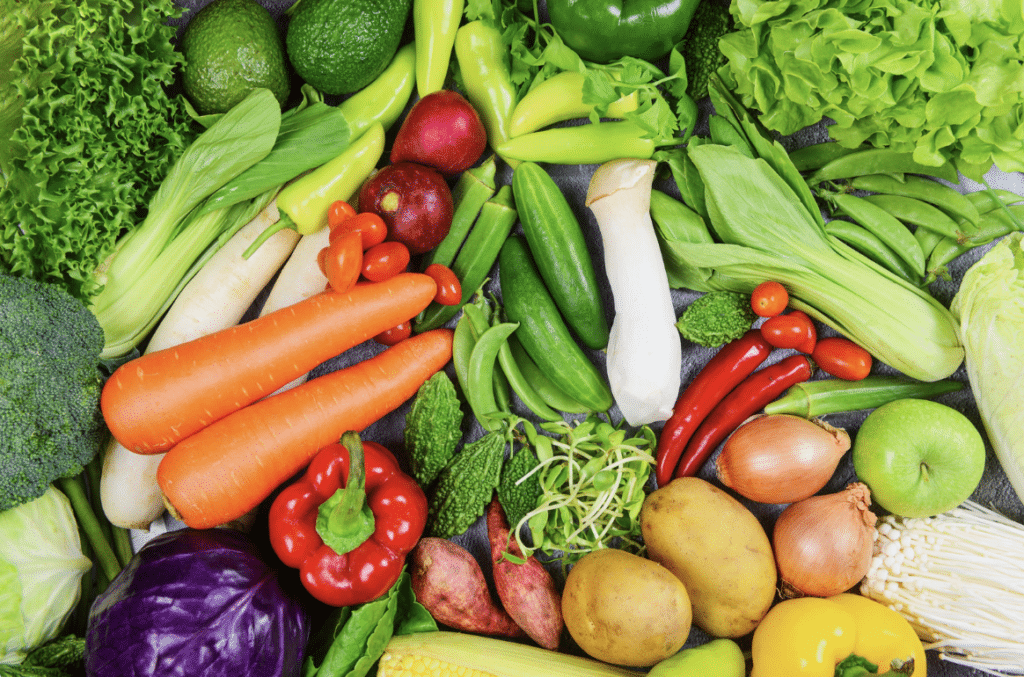How to Store and Preserve Fresh Produce
Learn how to store and preserve fresh produce with these essential tips for maintaining quality and flavor in your commercial kitchen or restaurant.
June is National Fresh Fruit and Vegetable Month, a time to enjoy the abundance of fresh produce available during the summer months. It’s also a great reminder to focus on incorporating more fruits and vegetables into our diets for optimal health. By following the tips in this article, you can ensure that your produce always stays fresh and delicious.
Tips for Maintaining Quality and Flavor of Fresh Produce
Proper Storage Techniques
Proper storage is key to maintaining the quality and flavor of your fresh produce. The first step is to ensure your refrigerator is set to the right temperature. Most fruits and vegetables should be stored in the refrigerator at a temperature between 32 and 40 degrees Fahrenheit. This will help prevent spoilage and keep your produce fresh longer.
When storing produce in the refrigerator, it’s important to keep them separate from one another. Fruits and vegetables produce different gases that can affect the ripening process of each other. Use separate containers or bags to keep them apart.
While most fruits and vegetables should be stored in the refrigerator, some produce, like bananas, avocados, root vegetables, and tomatoes, should be stored at room temperature. Storing them in the fridge can actually cause them to lose flavor and texture.
Commercial Refrigeration Mistakes: Here Are The Proper Temperatures
Preparing Produce for Storage
Properly preparing your produce before storage can also help extend its shelf life. For example, washing your produce can help remove bacteria and dirt that can cause spoilage. However, make sure to dry your produce thoroughly before storing it, as excess moisture can speed up the decay process.
Additionally, removing any bruised or damaged areas from your produce can help prevent mold and bacteria growth. Make sure to use a clean knife or scissors and cut away any affected areas.
Choosing the Right Storage Containers
Choosing the right storage container for your produce can also make a big difference in its longevity. Air-tight containers can help prevent moisture loss, while perforated bags or containers can help maintain proper air circulation. Avoid using plastic bags or plastic wrap, as they can trap moisture and cause spoilage.
Storing some fruits and vegetables in a cool, dark place, such as a pantry or cellar, can be beneficial. Potatoes, onions, and garlic, for example, should be stored in a cool, dry place away from direct sunlight.
How to Label Food in a Restaurant or Commercial Kitchen
Don’t Overbuy
One of the most important things you can do to prevent food waste and maintain the quality of your produce is to avoid overbuying. Buy only what you need and use it within a few days. This will not only ensure that your produce is fresh and flavorful, but it will also help you save money and reduce food waste.
Reduce Food Waste at Your Restaurant, Increase Your Profits
Importance of Proper Produce Storage in Commercial Kitchens and Restaurants
Proper storage and preservation techniques are crucial not only for households but also for commercial kitchens and restaurants. In these settings, managing and maintaining the quality of fresh fruits and veggies is of utmost importance to ensure customer satisfaction and profitability. By following the tips outlined in this guide, commercial kitchens can reduce food waste, save money, and create delectable and nutritious meals for their customers.

